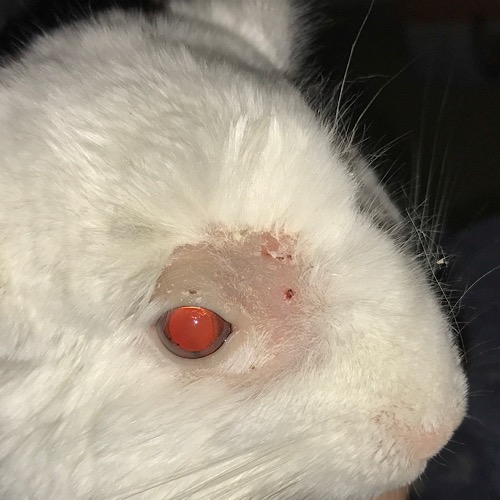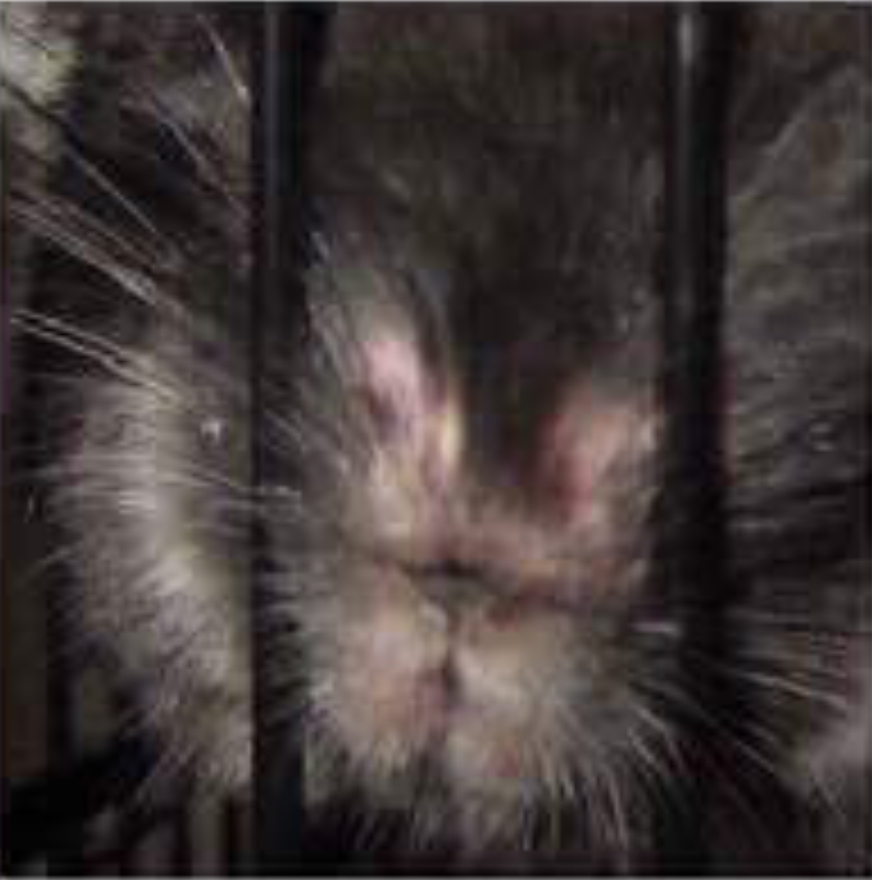 |
|||||
|---|---|---|---|---|---|
Ringworm |
|||||
|
|||||
What It Is ♥ Causes ♥ Symptoms ♥ What To Do
|
|||||

Blu-Kote  |
Treatment usually consists of Blu-Kote on the ringworm itself with the addition of 2 tablespoons of tolnaftate powder (brand name is Tinactin, an athlete's foot powder) in their dust bath. Their bath & dust should not be shared by other chinchillas to prevent spread and should be thrown out when the ringworm is healed. |

Tinactin  |
|---|
1Wikipedia https://en.m.wikipedia.org/wiki/Dermatophytosis" target="Wikipedia
Let us help you give your pet chinchilla
the healthiest and longest life possible!
Join Us |
|---|
|
|
 Dermatophytosis, also known as ringworm, is a fungal infection of the skin. 1
Dermatophytosis, also known as ringworm, is a fungal infection of the skin. 1